
首先,了解一下thinkphp的运行机制。
TP5运行机制:
任何请求都会经过tp5的入口文件,载入框架的配置文件,启动进程,然后处理请求。
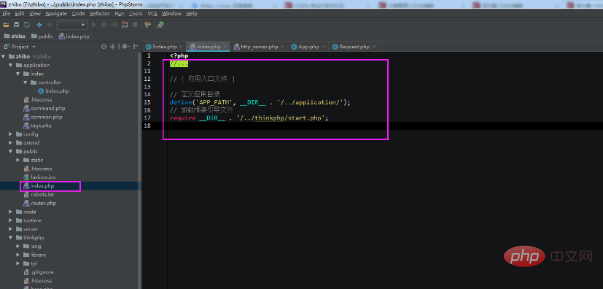
在这个index.php的入口文件中,可以看到,它先定义的APP_PATH这个常量,然后引入的框架的启动文件start.php,那我们就去看下start.php这个文件做了些什么。
立即学习“PHP免费学习笔记(深入)”;
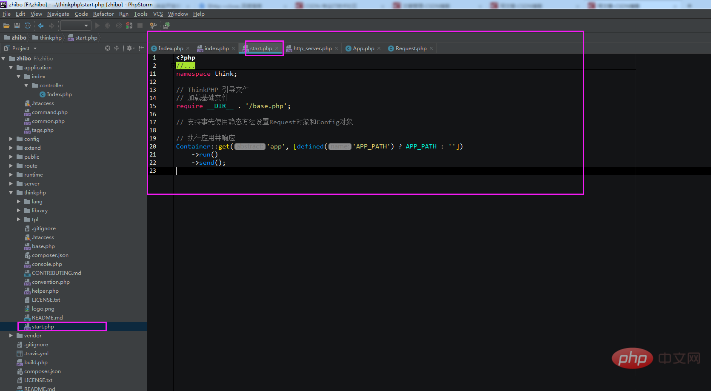
在这里,它先加载了基础文件base.php,然后启动框架run,这个时候就开始处理请求了。
常规的nginx,Apache服务器,每次请求来到thinkphp,会清除静态变量,重新加载配置文件。但是,swoole做的服务器,是常驻进程,在启动服务后,会产生多个进程,来处理请求。我们要让它选择性的加载配置。
Swoole来做http服务器
<?php
$http = new swoole_http_server("0.0.0.0", 8888);
$http->set(
[
'enable_static_handler' => true,
'document_root' => "/data/wwwroot/zhibo/public/static",
'worker_num' => 5,//产生进程的个数
]
);
$http->on('WorkerStart',function ($ser,$worker_id){
define('APP_PATH', __DIR__ . '/../application/');
require __DIR__ . '/../thinkphp/base.php';
});
$http->on('request', function($request, $response) use($http) {
if(isset($request->header)){
foreach ($request->header as $k=>$v){
$_SERVER[strtoupper($k)] = $v;
}
}
if(isset($request->server)){
foreach ($request->server as $k=>$v){
$_HEADER[strtoupper($k)] = $v;
}
}
$_GET = [];
if(isset($request->get)){
foreach ($request->get as $k=>$v){
$_GET[$k] = $v;
}
}
$_POST = [];
if(isset($request->post)){
foreach ($request->post as $k=>$v){
$_POST[$k] = $v;
}
}
// 执行应用并响应
//开启缓存
ob_start();
try{
think\Container::get('app', [APP_PATH])->run()->send();
}catch (\Exception $e){
}
$res = ob_get_contents();
ob_end_clean();
$response->end($res);
//$http->close();
});
$http->start();代码说明:
(1)$http->onWorkerStart:启动进程的时候,加载thinkphp的框架文件,base.php,但是这个时候,不能run,等待请求来了再去run。
(2)$http->onrequest:当收到客户端的请求时,把swoole的header头信息,server信息,get数据,post数据等消息转化为常规的$_SERVER,$_GET等信息,可以适配tp5。
(3)最后开始run,这个时候需要把run得到的信息加载到缓存,然后再通过send()返回给客户端。
Swoole适配thinkphp5
因为swoole是常驻进程,前一个请求的$_POST,$_GET请求不会销毁,原因这个进程并没有kill,这个时候,需要在接收请求的时候,将$_GET,$_POST置空。
swoole路由机制,总会从缓存中获取有没有这个请求,如果有,就不加载新的,所以,swoole常驻内存,会发现一直请求第一个url。除非重启swoole服务器。
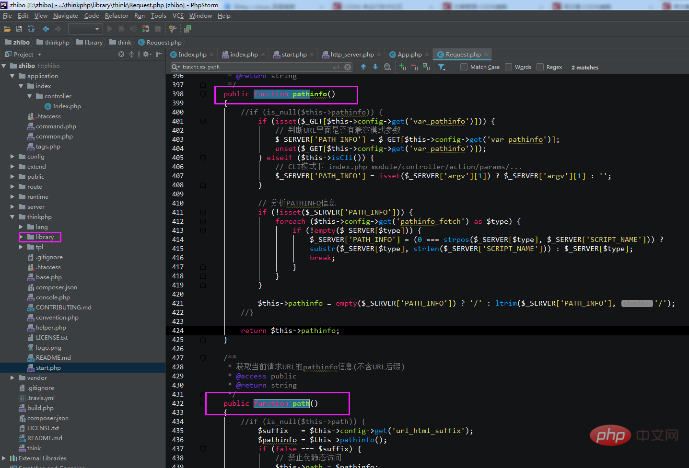
在thinkphp框架里面,修改Request文件,将两个方法(pathinfo,path)里面的$this->path这个为空的判断去掉,让每次请求都去解析这个url。
验证结果:
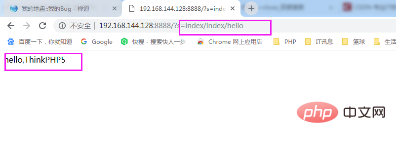
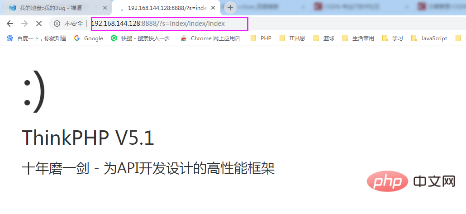
以上内容仅供参考!
想了解更多相关内容请访问php中文网:thinkphp教程
以上就是thinkphp5支持swoole携程吗的详细内容,更多请关注php中文网其它相关文章!

携程旅行是一款能够帮助用户在假期出门旅行的旅行用app,也可以帮助用户出差订酒店和机票,还可以给用户提供旅行攻略,用户也可以在里面查询目的地附近的美食和人文。有需要的小伙伴快来保存下载体验吧!

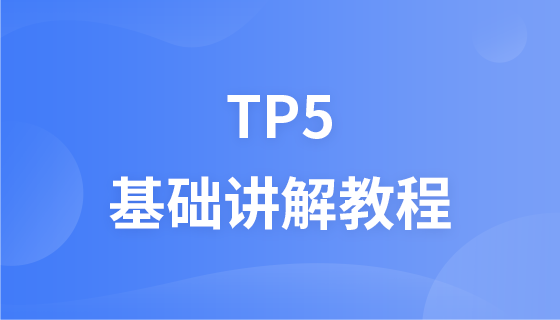

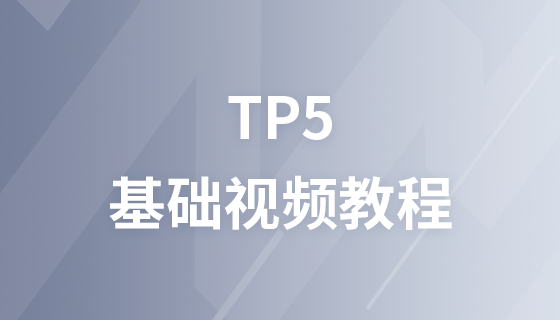
Copyright 2014-2025 //m.sbmmt.com/ All Rights Reserved | php.cn | 湘ICP备2023035733号